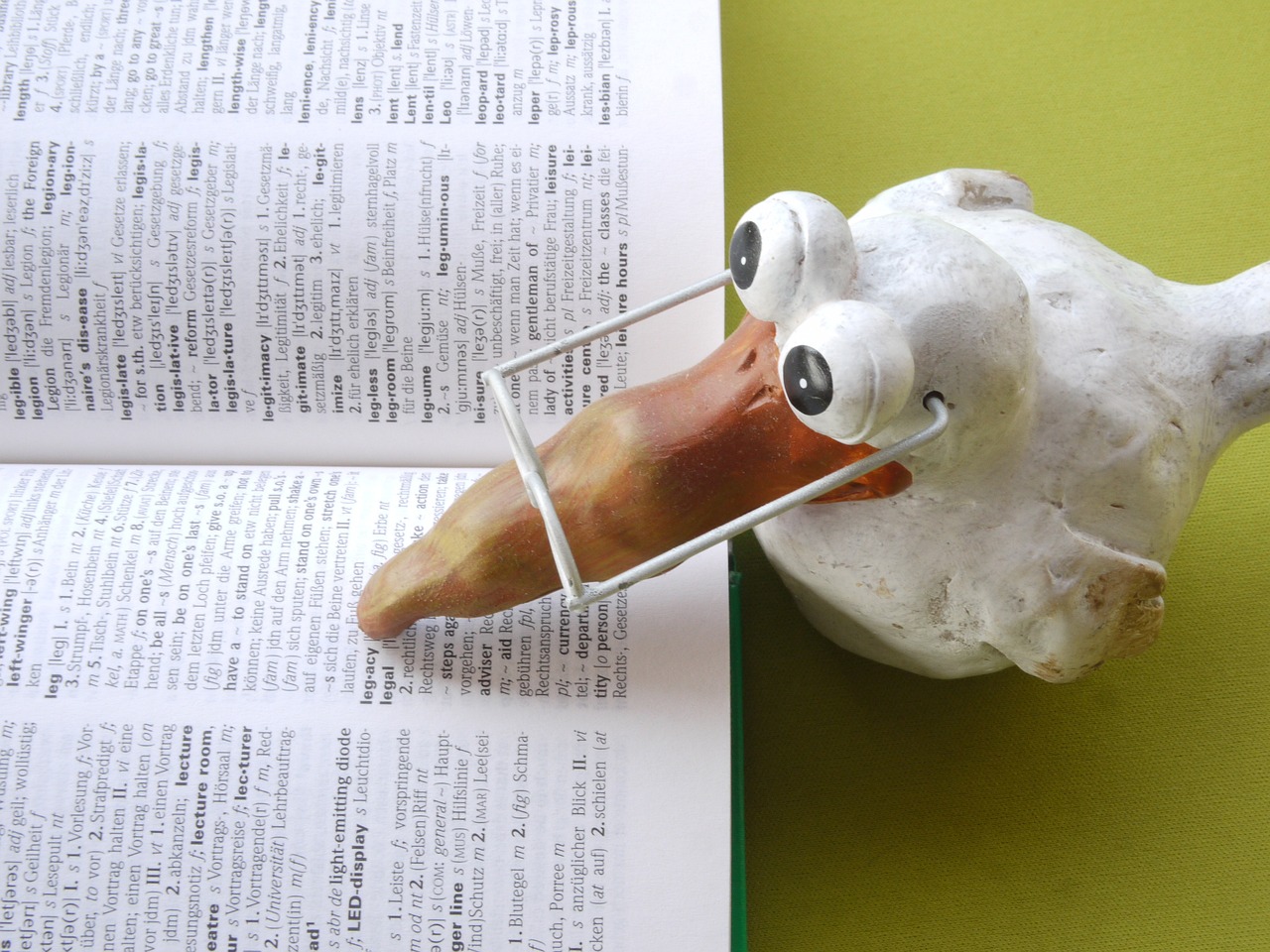The Machine Translation Revolution: Lara from Translated
In the world of translation, innovation is often synonymous with progress. With the introduction of Lara, a cutting-edge artificial intelligence, the Italian company Translated aims to overcome the limitations of traditional machine translation systems. This new technology not only aims to match the quality of the best professional translators, but also stands out for its ability to explain translation choices through a deep understanding of the context.
Cutting-edge technologies and global network
Translated, based in Rome and Palo Alto, has significantly expanded its offerings in recent years. From 62 to over 200 supported languages, the company has implemented the Trust Attention technique, which ranks training data based on its trustworthiness. This approach has significantly improved the accuracy of the AI.
Lara uses a unique dataset of 25 million real translations by industry professionals. These translations include machine-reviewed and refined versions, complete with errors and feedback. With this vast experience, Lara is able to refine translations to a high degree of accuracy.
Marco Trombetti, CEO of Translated, said that “Lara represents a fundamental step in our mission to enable everyone to understand and be understood in their own language.”
A Promising Linguistic Future
Lara is already available for both personal and professional applications in many global languages, with plans to expand to all 200 languages supported by Translated. In specific tests, professional translators have rated Lara as more accurate than other machine translation tools available on the market.
AI is approaching the linguistic singularity, a concept that marks the point when the best human translators will take the same amount of time to review an AI-provided translation as they do themselves. Translated plans to reach this milestone in 2025, marking a new era for the translation industry.
In conclusion, the emergence of technologies like Lara could not only change the way we communicate globally, but also redefine the role of professional translators in the future of multilingual communication.


